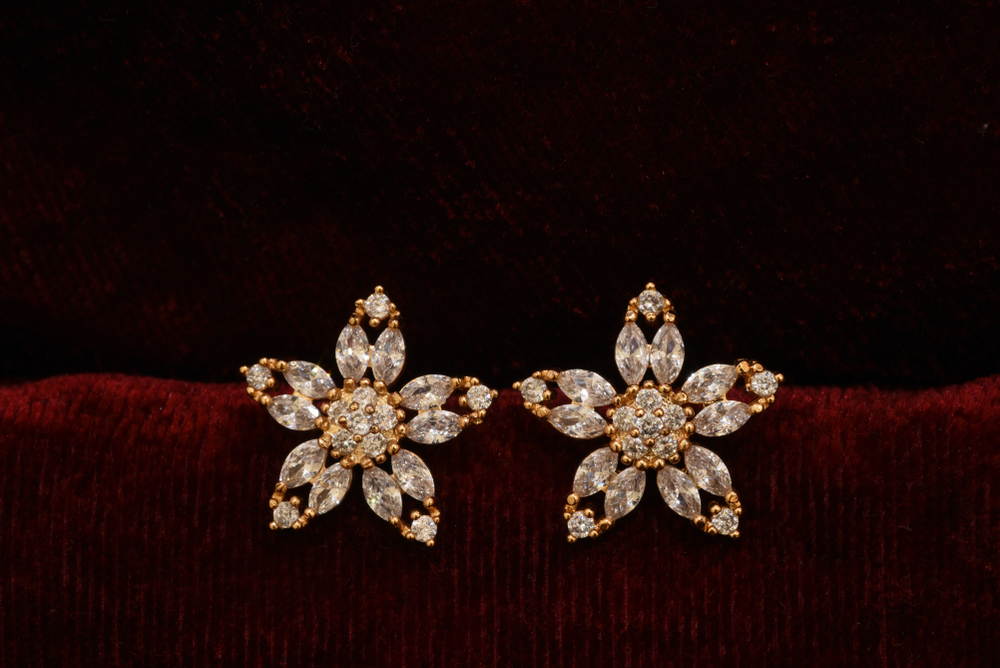
Curious to learn how lab-grown diamonds are made? Has it got anything to do with their popularity? Read on to find out. Chemical vapor deposition (CVD) and high-pressure high-temperature technologies (HPHT)produce lab-grown diamonds. Both approaches replicate the tremendous pressures and temperatures in the earth’s mantle, where diamonds grow.
Chemical Vapor Deposition
In the chemical vapor deposition (CVD) process, a substrate is placed in a vacuum chamber and heated to a high temperature. A gas mixture, typically methane, is introduced into the chamber and is subjected to a high-energy plasma, which breaks the gas molecules into their individual atoms. The carbon atoms from the gas mixture are then deposited onto the substrate, where they bond to form a diamond crystal.
The growth of the diamond crystal is carefully controlled by adjusting the temperature and pressure in the chamber, as well as the composition of the gas mixture. CVD is typically used to grow thin, flat diamonds for use in electronics or other industrial applications. However, they are typically smaller and less expensive than natural diamonds due to the lower cost of production.
High-Pressure High-Temperature
The high-pressure high-temperature (HPHT) process involves subjecting a mixture of carbon and a catalyst, such as nickel, to high pressures and temperatures similar to those found in the earth’s mantle. This process is typically carried out in a specialized press that is capable of generating pressures of up to 1.5 million pounds per square inch (10 gigapascals) and temperatures of up to 2,200 degrees Celsius (4,000 degrees Fahrenheit).

As the mixture is subjected to these conditions, the carbon atoms bond to form a diamond crystal. The growth of the diamond crystal is carefully controlled by adjusting the temperature, pressure, and duration of the process.HPHT is typically used to grow larger, gem-quality diamonds. The resulting diamonds are chemically, physically and optically identical to natural diamonds and can be cut and polished in the same way. However, they are typically less expensive than natural diamonds due to the lower cost of production.
Understanding the production process helps us understand why lab-grown diamonds are popular, including:
- Lower production costs make lab-grown diamonds cheaper than natural diamonds.
- Some buyers worry about the environmental and social implications of mining natural diamonds and prefer lab-grown diamonds.
- Lab-grown diamonds can be generated in a controlled laboratory setting, providing a more constant and reliable supply than natural diamonds.
- Lab-grown diamonds’ novelty and advanced technology may attract certain buyers.
- Lab-grown diamonds encourage a trend in customer tastes toward more ethical and sustainable products.